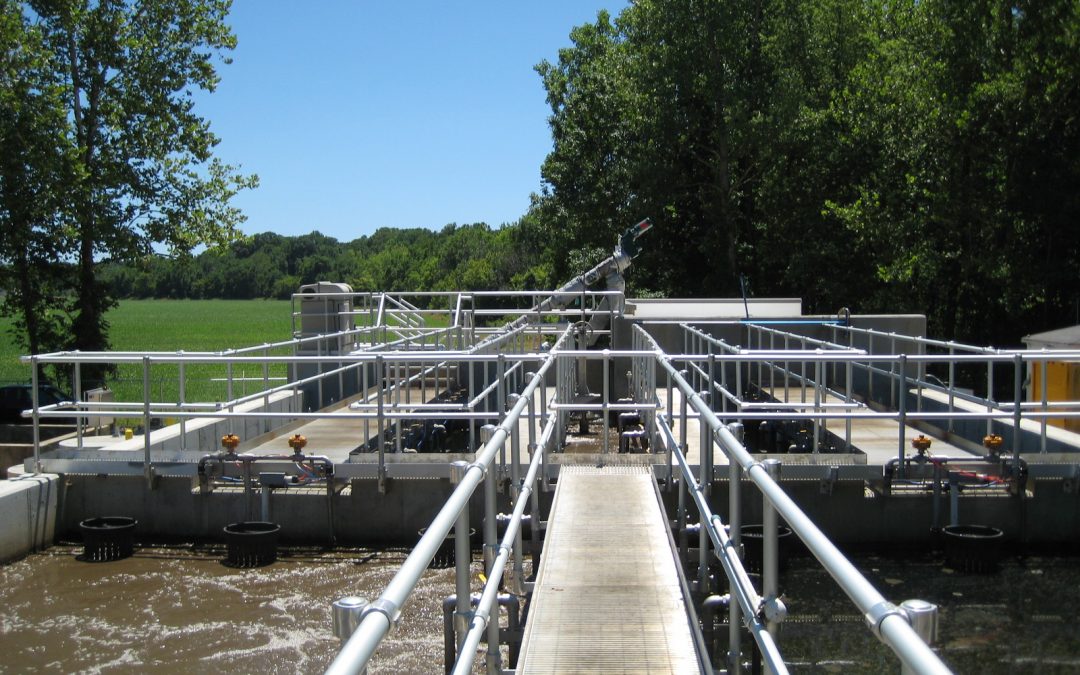
Martinsville Wastewater Treatment Plant Renovation
Martinsville, IN
Wastewater Treatment Plant Renovation
This project was necessary in order to meet the ammonia-nitrogen removal limits required by the plant’s new NPDES permit.
Project Highlights:
- Project Cost $7.5M; Construction Cost $6.6M
- Planning, design, construction engineering, construction observation
- Treatment processes designed to reduce effluent ammonia
- New peak capacity of 6.25 MGD
- Financed with low interest IDEM SRF program
- Utilized existing tanks as part of construction
- New headworks facility with fine screening and grit removal
- Conversion of the existing package plants entirely to aeration
- Two new clarifiers, a sludge return pump station
- A new inline UV disinfection system
- New parshall flume metering structure and aerobic sludge digester tanks to supplement the existing biosolids facilities (belt press)
- Major renovation of a lift station
- New laboratory and control building

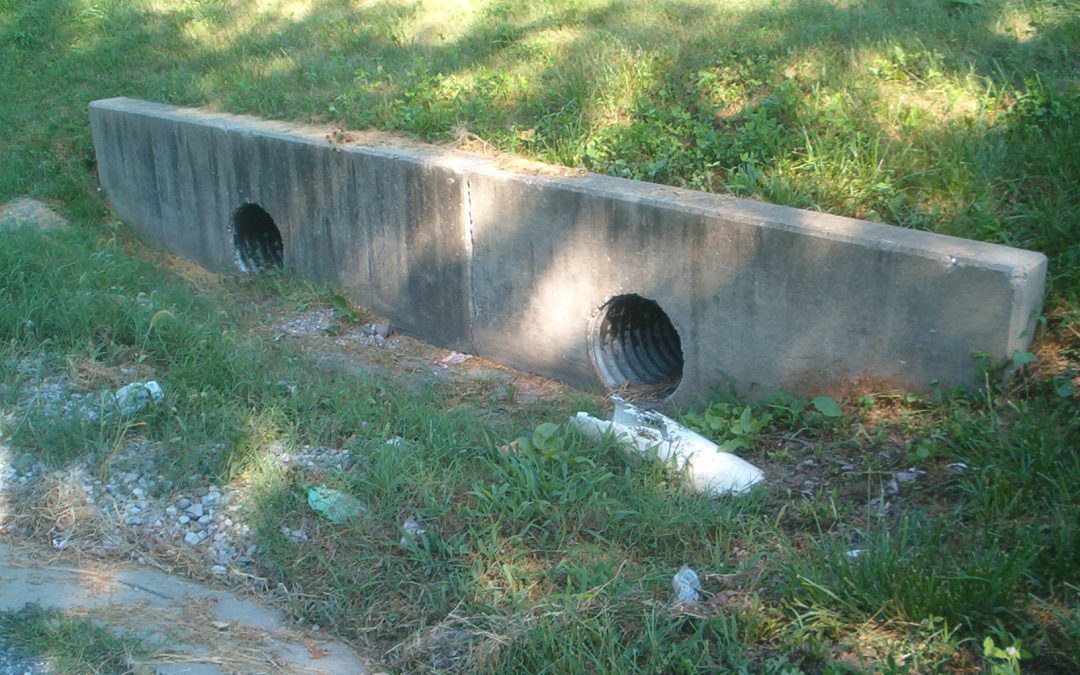
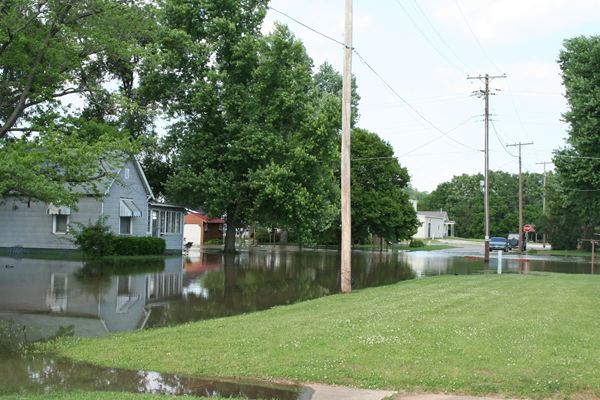
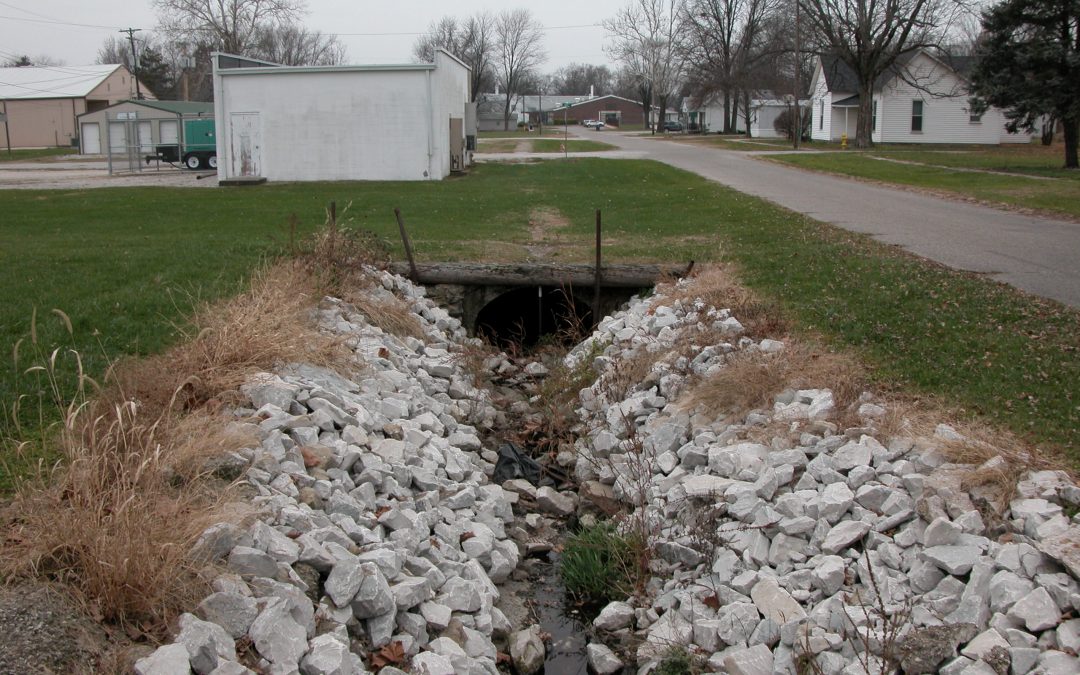
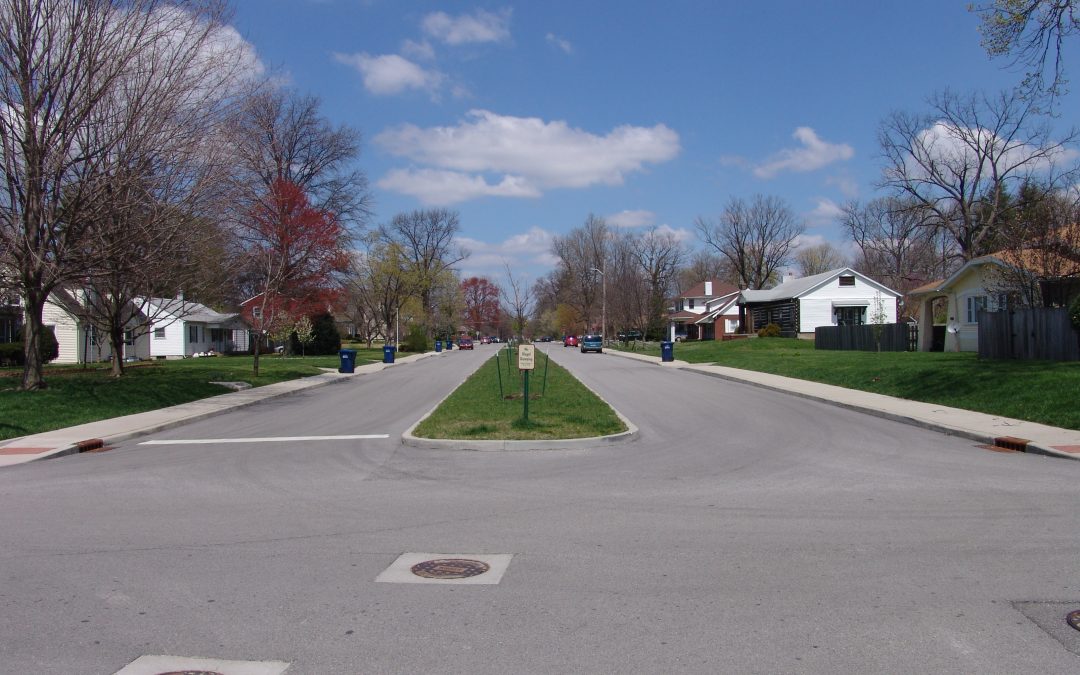
Recent Comments